#Jean-Charles Richard
Text
The path is the goal.
Il sentiero è la meta.
Medito su questa meditazione buddista, dopo averla ritrovata tra le risposte di un’intervista al sassofonista francese Jean-Charles Richard (che, a sua volta, la attribuiva a Steve Lacy).
👇👇👇
0 notes
Text




X-Men + Fantastic Four (2020) #1-4
#Anna Marie#Ben Grimm#Betsy Braddock#Charles Xavier#Emma Frost#Franklin Richards#Hank McCoy#James Howlett#Jean Grey#Johnny Storm#Kitty Pryde#Kurt Wagner#Lockheed#Max Eisenhardt#Ororo Munroe#Reed Richards#Scott Summers#Sue Storm#Victor von Doom#X-Men + Fantastic Four (2020)
63 notes
·
View notes
Text





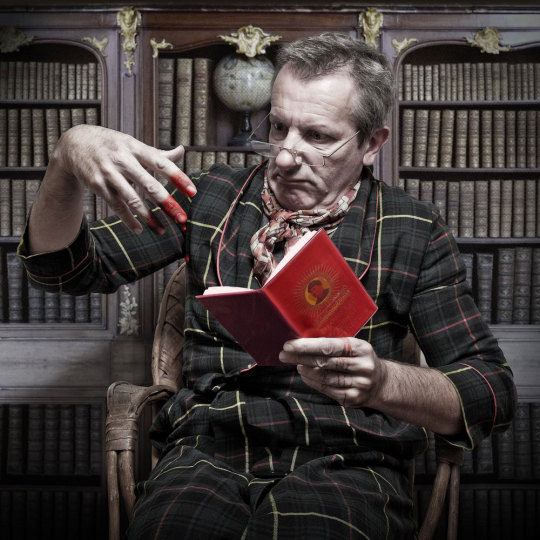



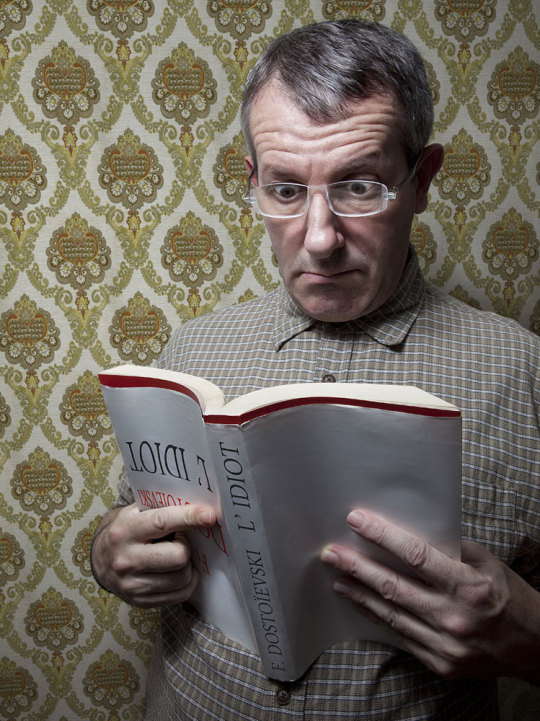




Pierre Beteille - Cómo leer (https://www.pierrebeteille.com)
#pierre beteille#lectura#gente que lee#george orwell#h.g. wells#carlo collodi#jean paul sartre#jonathan swift#mao zedong#albert camus#richard bach#fiodor dostoievski#charles bukowski#margaret mitchell#oscar wilde#franz kafka#literatura#libros#1984#la guerra de los mundos#pinocho#la nausea#los viajes de gulliverçel libro rojo#la biblia#la peste#juan salvador gaviota#escritos de un viejo indecente#lo que el viento se llevo#el retrato de dorian gray#la metamorfosis
14 notes
·
View notes
Photo
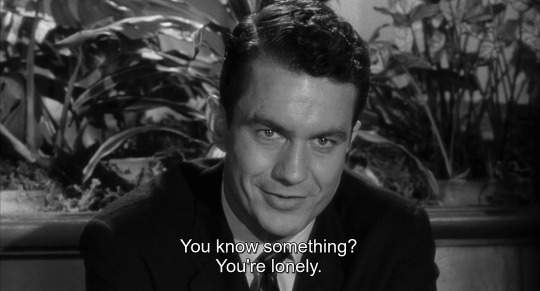

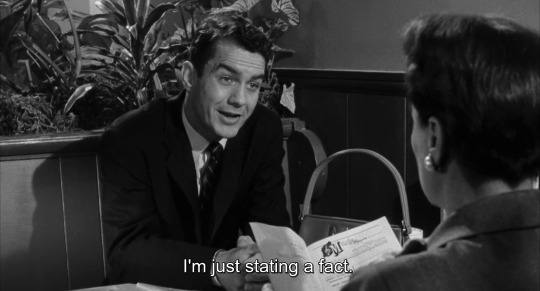
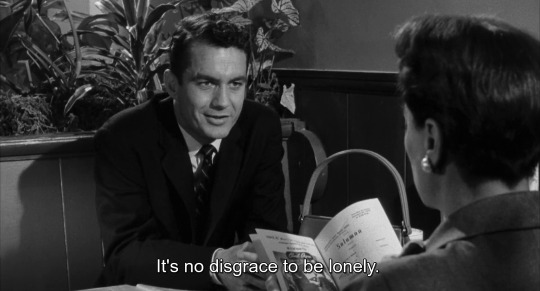
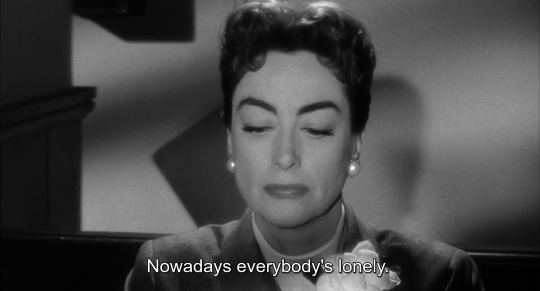

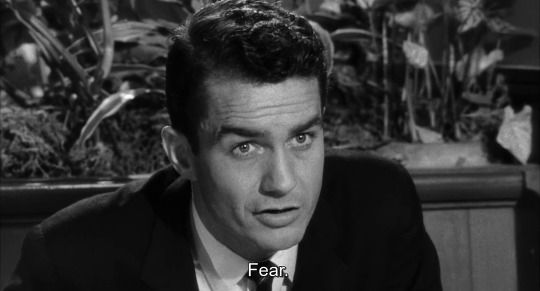

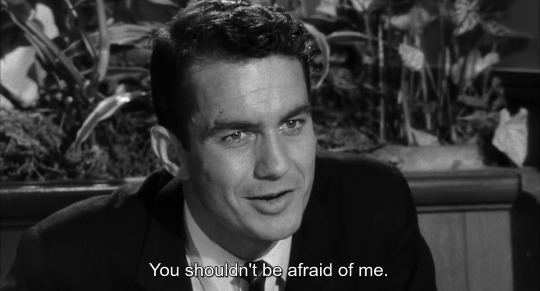
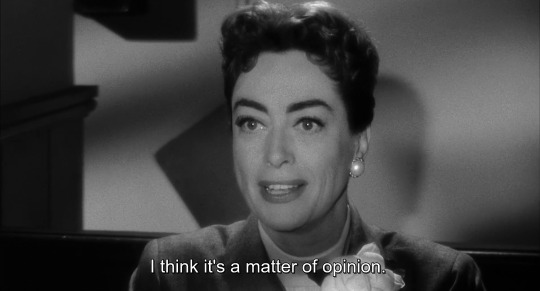
Autumn Leaves (Richard Fleischer, 1956).
#autumn leaves#autumn leaves (1956)#richard fleischer#joan crawford#cliff robertson#charles lang#michael luciano#william glasgow#eli benneche#jean louis#jean rouverol#hugo butler#lewis meltzer#jack jevne
48 notes
·
View notes
Text

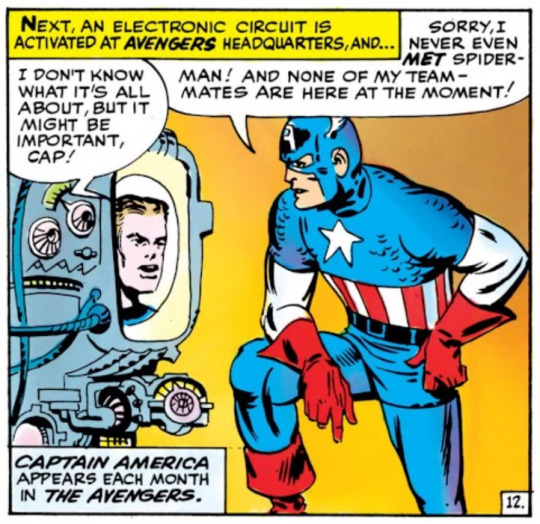

Amazing Spider-Man Annual (1964) #1 — Stan Lee, Steve Ditko
#Spider-Man#ASM V1 16.5#Reed Richards#Susan Storm#Johnny Storm#Ben Grimm#Steve Rogers#Charles Xavier#Scott Summers#Hank McCoy#Bobby Drake#Warren Worthington III#Jean Grey
7 notes
·
View notes
Text

Supernatural fantasy romance from Hollywood’s golden age. Read my review of Beyond Tomorrow (1940) here:
https://jinglebonesmovietime.blogspot.com/2019/12/beyond-tomorrow-aka-beyond-christmas.html?spref=tw
#beyond tomorrow#beyond Christmas#Edward Sutherland#Adele comandini#harry carey#c Aubrey smith#Charles winniger#jean parker#richard carlson#here comes mr Jordan#it’s a wonderful life#creature from the black lagoon#christmas movies#hollywood movies#b movies#Christmas#golden age hollywood#classic hollywood#vintage hollywood#christmas day#Christmas films#movies#movie reviews#fantasy#fantasy film#fantasy movies#jingle bones movie time
2 notes
·
View notes
Text




youtube
Devil's Partner (1961)
My rating: 5/10
Watchable, but forgettable 60s horror schlock. And of course, utterly devoid of centaurs.
#Devil's Partner#Charles R. Rondeau#Stanley Clements#Laura Jean Mathews#Edgar Buchanan#Jean Allison#Richard Crane#Youtube
2 notes
·
View notes
Text
iletişim sürecinin dayattığı bir kural olan herkesin gözü önünde zorla içini dökme ve yalnızca dış görünümlerle ilgilenme.
jean baudrillard - çaresiz stratejiler
#jean baudrillard#çaresiz stratejiler#cool anılar#kitap#edebiyat#blogger#felsefe#kitaplar#blog#kitap kurdu#şiir#richard sennett#milan kundera#bertolt brecht#felsefe blog#karl marks#yabancılaşma#sigmund freud#carl jung#charles bukowski#jean paul sartre#simone de beauvoir
27 notes
·
View notes
Text





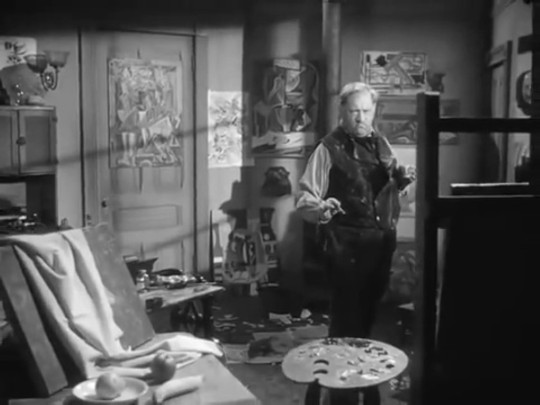




o. henry's full house, henry koster, jean negulesco, henry hathaway, henry king, howard hawks 1952
#o. henry's full house#henry koster#jean negulesco#henry hathaway#henry king#howard hawks#1952#marylin monroe#ann baxter#jean peters#jeanne crain#charles laughton#richard widmark#farley granger#a tree grows in brooklyn#der amerikanische freund#ten minutes older
5 notes
·
View notes
Text

The Robe (1953)
Henry Koster’s The Robe, distributed by 20th Century Fox, appeared near the beginning of an era where religious epics and sword-and-sandal films became massive box office draws worldwide. Cecil B. DeMille’s Samson and Delilah (1949) and Mervyn LeRoy’s Quo Vadis (1951) had already laid the foundation on which Koster’s film, adapting Lloyd C. Douglas’ novel of the same name, would find its success. Despite The Robe being highly influential in Hollywood and becoming the highest-grossing film of 1953, the likes of DeMille’s The Ten Commandments (1956) and William Wyler’s Ben-Hur (1959) overtook it artistically and financially – no shame there, as those are two far superior films.
So what is The Robe’s claim to movie history beyond its initial theatrical earnings? When The Robe first came to theaters, 20th Century Fox advertised it as the first film ever made in CinemaScope. Created by Fox’s president, Spyros P. Skouras, CinemaScope was a format in which a widescreen camera lens contracted its widescreen shots onto regular 35mm film and, during theatrical projection, another lens would de-contract the image from the 35mm film in order to project a widescreen format. Theaters would only need to make minor, inexpensive modifications to their projectors in order to show a film in true CinemaScope, a 2:55:1 widescreen aspect ratio. Almost all other films were shot in the Academy ratio at the time (1.37:1, close to the 4:3 ratio – think: black bars on the left- and right-hand sides of a widescreen monitor – seen on many older standard computer monitors and televisions). With increasing competition from television, Fox executives believed CinemaScope could be a way to lure audiences back into theaters. Despite this overreaction from Fox’s executives (as well as the other major Hollywood studios), the legacy of CinemaScope’s innovation is still apparent today. Seven decades later, widescreen formats, not the Academy ratio, are the default in film and television.
Walking through the markets of Rome, returning Roman Empire tribune Marcellus Gallio (Richard Burton) reunites with his childhood sweetheart, Diana (Jean Simmons), who is now promised to Marcellus’ rival, Caligula (an always-sneering Jay Robison). Not long after, Marcellus – out of pettiness rather than financial sense – outbids Caligula for the Greek slave, Demetrius (Victor Mature). Marcellus immediately frees Demetrius, but Demetrius thinks of himself as honor-bound to stay by Marcellus. Elsewhere, an incensed Caligula reassigns Marcellus to Palestine – which, to the film’s Roman characters, might as well be the armpit of the Roman Empire. Marcellus and Demetrius go to Jerusalem, where they witness a man named Jesus enter the city, heralded by crowds of Jews greeting him with palms. Several days later, Judean Governor Pontius Pilate (Richard Boone) orders Marcellus to crucify Jesus on Calvary. Marcellus executes the order but, during and after the crucifixion, witnesses and experiences supernatural events. Demetrius, who has become a follower of Jesus during that week, obeys Marcellus when he asks him to fetch Jesus’ robe. The moment Marcellus dons the robe, he suffers something like a seizure. He falls out with Demetrius, and spends the rest of the film reckoning with his conscience over his role in Jesus’ crucifixion.
The film also stars Michael Rennie as Peter, Dean Jagger as Justus, Torin Thatcher as Senator Gallio, and Ernest Thesiger as Emperor Tiberius. Michael Ansara and Donald C. Klune are both uncredited as Judas Iscariot and Jesus, respectively.
The Robe has the misfortune of peaking in the first half. The adapted screenplay from Gina Kaus (1949’s The Red Danube), Albert Maltz (one of the blacklisted Hollywood Ten; 1950’s Broken Arrow), and Philip Dunne (1941’s How Green Was My Valley) is at its most interesting whenever Marcellus and Demetrius find themselves at odds with the other. In the scenes they share together, that happens often. But when Demetrius disappears after their disagreement over Jesus’ robe midway through, the film begins to sag with no foil for Burton to play off of.
For the entirety of this film, Richard Burton’s acting is overwrought. Burton, who had just arrived in Hollywood the year before to star in My Cousin Rachel (1952), is leaning too deeply into his theatrical roots here. His grandiose exclamations, stiff facial acting, and inconsistent line delivery result in a performance that is easily the weakest part of this film (Jean Simmons is also guilty, to a far lesser degree, of these same flaws in her performance). The Robe requires Burton’s Marcellus to undergo a spiritual conversion – becoming an adherent of Jesus despite following orders to crucify him, a developmental arc more dramatic than any other character’s in this film. Burton’s inability to convincingly sell this conversion (the stoic masculine tension, which some will interpret as coded homosexuality, between Burton’s Marcellus and Mature’s Demetrius does not help) weakens the film’s spiritual power.
Instead, it is Mature who is The Robe’s reliable scene-stealer. Mature, at one time likened to a “miniature Johnny Weissmuller”, has the classical Greek physique that, frankly, Burton does not. And in contrast to Burton at this time in their careers, Mature was more capable of a nuanced performance, as evidenced in his roles as Doc Holliday in My Darling Clementine (1946) and Nick Bianco in Kiss of Death (1947). As Demetrius, his soul hardened through his enslavement, there remains hope for a life free from the yoke of the Roman Empire and its callous slave masters. One sees it in his face during Holy Week, culminating with seeing Jesus dying on the cross. His faith is there, too, during a torture scene upon his return to Rome and an encounter with Peter. Amid miracles and cruelties, Mature’s Demetrius is simply the most compelling character of The Robe and the viewer – through Mature’s performance, especially in contrast to those of Jean Simmons and Richard Burton’s – can discern his genuine turn of faith. The Robe’s failure to showcase this inner awakening more believably is the fault of its two central actors and its screenplay; Mature’s performance and Demetrius’ characterization are all that saves the narrative.
One aspect of Christianity that The Robe captures confusingly (and oxymoronically) is the insignificance of Judea and the prominence of early Christianity in Rome in the time immediately following Jesus’ crucifixion. Oftentimes in Biblical epics, Judea is a centerpiece of the Roman Empire when, in truth (and in The Robe), it was a relative backwater. By Caligula’s reign between 37 and 41 CE, Christianity almost certainly would not have had a substantial presence in Rome at that time. So while Caligula would probably see Christianity as a threat, the film’s decision to treat the early Christians as a clear and present danger to his rule and the Roman state religion is the film’s glaring historical inaccuracy. The Robe – the book and the film – muddies the timeline from Jesus’ crucifixion to the film’s final scene in Caligula’s court. The relative suddenness of the Roman Empire seeing the early Christians as a very minor cult into becoming an Empire-wide menace is difficult to reconcile.
With few other post-silent film era Biblical epics as a guide, The Robe helps set the aesthetic of its fellow Biblical epics and sword-and-sandals movies going forward through its costumes and production design. The work of costume designers Charles LeMaire (1950’s All About Eve, 1956’s Carousel) and Emile Santiago (1952’s Androcles and the Lion, 1958’s The Big Country) is resplendent, regardless of either the Roman or Judean setting. Art directors Lyle R. Wheeler (1939’s Gone with the Wind, 1956’s The King and I) and George Davis (All About Eve, 1963’s How the West Was Won) and set decorators Walter M. Scott (All About Eve, 1965’s The Sound of Music) and Paul S. Fox (The King and I, 1963’s Cleopatra) all make full use of the CinemaScope format and color to enliven the scenery – a sumptuous visual treat for the viewer, and, to reiterate, setting a standard that the crew of The Ten Commandments and Ben-Hur both would study and surpass.
Of all of 20th Century Fox contracted stalwarts behind the camera, composer Alfred Newman was the studio’s most important figure. If Fox’s executives needed a composer to craft a score for what they would consider would be their prestige motion picture of the year, Newman – who composed the original 20th Century Fox fanfare and its CinemaScope extension (the extension, which is now inextricable from the fanfare, was first introduced in 1954’s River of No Return) – was almost always their first choice.
youtube
In one of Newman’s finest scores of his career, it is his choral compositions, with incredible help from his longtime choral supervisor Ken Darby, that form the score’s emotive spine. Jesus’ motif, shared between wordless choir and strings, appears almost immediately, in the opening seconds of the “Prelude”. During the many invocations of a Messiah before Jesus’ first physical appearance in The Robe, his motif shifts, changes form, and modulates – imparting not spiritual comfort or devotion, but a mysteriousness and otherworldliness. When Jesus (whose face we never see) first appears in Jerusalem on Palm Sunday, the cue “Passover/Palm Sunday” represents one of the rare juxtapositions of the brass-heavy martial music representing the Roman presence in Judea and Jesus himself. The modulation to a major key at 1:22 in this cue, with festive percussion, also includes one of the only instances of celebratory choral music in the score. Jesus’ motif in “Passover/Palm Sunday”, appears at 2:26 – cementing his (and Christianity’s) association with the cue, and appearing as the only instance in which one might consider this motif triumphant.
Choruses, which Western viewers so often associate in religious movies as angelic musical devices, become mournful in “The Crucifixion” – arguably the standout cue of Newman’s score. Even though one might be well aware of Jesus’ death and can anticipate a turn in the music (starting moments earlier in “The Carriage of the Cross”), it is startling to hear Newman’s composition change so rapidly. But it is in these several minutes depicting Jesus’ final moments that Newman, with modifications to his harmonies and orchestration, transforms Jesus’ motif to evoke its tragic dimensions. It is magnificent scoring from Newman, and this is not even mentioning his wonderful demarcation of Roman and Judean identities through his score.
In a film about faith – how it comforts, destroys, heals, and vexes – one wishes that the characterization of The Robe’s supposed lead characters in Marcellus and Diana could feel more plausible. The film’s final scene, possibly allegorizing of screenwriter Albert Maltz’s travails as a blacklisted figure in Hollywood, is decently powerful, but it needs far more storytelling support from numerous scenes preceding it.
As it is, the film’s expressive power lies within Demetrius and Victor Mature’s performance. So how fortunate that, because Fox also wanted to make a sequel to The Robe even before it finished production, Mature also signed a contract to appear in a sequel. Nine months after The Robe made its theatrical debut, Victor Mature starred in Demetrius and the Gladiators, directed by Delmer Daves and also seeing Michael Rennie and Jay Robinson reprise their roles as Peter and Caligula, respectively. Though it did not top the box office for that year like The Robe did, Demetrius and the Gladiators was a financial boon for Fox.
With Hollywood’s major studios always ready to respond to the box office successes of their rivals, The Robe helped make possible the decade of Biblical and sword-and-sandals epics to come – and the required viewings for many a Sunday School student in the years hence. These films were Studio System Hollywood in full maximalism, adopting human and tactile scales seldom seen today.
Yet outside of churchgoers, The Robe – for its CinemaScope and genre-specific innovations – has seen its standing slip gradually over the years, no thanks to the reputations of better movies of this tradition and, regrettably, decisions to keep 20th Century Fox’s valuable past under lock and key. 20th Century Fox’s refusal to distribute their classic films more often and more widely – before and after the studio’s 2019 takeover by the Walt Disney Company (and post-takeover, I believe the situation is now worse) – is resulting in films like The Robe slip through the proverbial cracks of film history, sights unseen for younger film buffs. That is unfortunate, especially as The Robe, almost incidentally (and no matter my aforementioned criticisms of the work itself), continues to quietly wield, by virtue of being the first CinemaScope film, a remarkable influence over cinema worldwide.
My rating: 6/10
^ Based on my personal imdb rating. My interpretation of that ratings system can be found in the “Ratings system” page on my blog. Half-points are always rounded down.
For more of my reviews tagged “My Movie Odyssey”, check out the tag of the same name on my blog.
#The Robe#Henry Koster#Richard Burton#Jean Simmons#Victor Mature#Michael Rennie#Jay Robinson#Dean Jagger#Torin Thatcher#Richard Boone#Michael Ansara#Leon Shamroy#Alfred Newman#Ken Darby#Charles LeMaire#Emile Santiago#Lyle R. Wheeler#George Davis#TCM#My Movie Odyssey
2 notes
·
View notes
Text


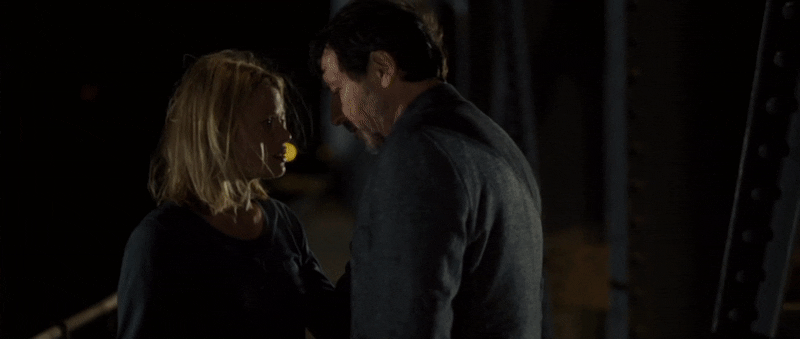



Jean-Hugues Anglade as detective Richard Kemp and Mélanie Thierry as psychiatrist Hélène Batistelli in L'Autre Vie de Richard Kemp / Back in Crime (2013)
#jean hugues anglade#richard kemp#helene batistelli#mélanie thierry#l'autre vie de richard kemp#back in crime#mon charles ix#french actor#french movie
14 notes
·
View notes
Text
HISTORY IS MADE AT NIGHT:
A kindly waiter
Shields socialite form husband
Clash leads to shipwreck
youtube
#history is made at night#random richards#poem#haiku#poetry#haiku poem#poets on tumblr#haiku poetry#haiku form#criterion collection#charles boyer#jean arthur#leo carrillo#colin clive#frank borzage#gene towne#Graham Baker#Vincent Lawrence#David Hertz#melodrama#romance#Youtube
3 notes
·
View notes
Text

Bad movie I have Wanted: Dead or Alive Season One 1958-1959
#Wanted: Dead or Alive#Steve McQueen#Michael Landon#Nick Adams#Dabbs Greer#Jennifer Lea#Gloria Talbott#Ralph Moody#Jack Kenny#Mort Mills#Jean Howell#Dennis Cross#Anna Navarro#Joe De Santis#Alan Hale#Lewis Charles#Russ Bender#Frank Faylen#Lurene Tuttle#Richard Devon#Lillian Bronson#Claire Griswold#Hugh Sanders#Steve Brodie#Claire Carleton#Anthony Caruso#Rusty Lane#Russ Conway#Gerald Mohr#Mala Powers
0 notes
Text

MEENA RAJA (SIMONE ASHLEY) IS LOOKING FOR…
Connection: Exe/Frenemy
Suggested Name: UTP
Age Range: 230+
Species: Vampire
Suggested FCs: UTP, but some suggestions include- Alperen Duymaz, Alex Landi, Richard Madden, Alp Navruz, Deniz Can Aktaş, Regé-Jean Page, Charles Michael Davis, Manish Dayal, Ilhan Sen, Alejandro Speitzer etc.
Connection Description:
I’m open to ideas, but this is not a romantic connection (more exes turned frenemies) and below are a few HCs I have for the character-
Your character is an ex-hunter who grew up during the late 1700s/early 1800s
They used to work down at one of the most exclusive gambling houses in the city and was hardly the type of man Meena, a young witch and member of high society should have been consorting with at the time
She fell for them, but they were also manipulating her as a hunter. One night when Meena and your character were supposed to meet up, she stumbled upon your character dying
Your character had been hunting the vampire, Theodore Moore (who would eventually become the previous Clan Leader before Meena and the Catalyst's righthand man). But, Theo gained the upper hand and took your character down
Meena ended up making a deal with Theo to save your character’s life. Only to do so, Theodore turned your character, making them now have to live on as the species they hated the most.
Your character then had to watch Meena marry the vampire who turned them to withhold her end of the deal. Immediately after, your character and Meena would have grown distant and developed a tempestuous relationship. Meena and Theo moved to Lunar Cove where Theo established the first official Clan and became one of the founding members of the town. It's up to you whether your character has been in and out of Lunar Cove over the years, begrudgingly joining the clan so that they could have access to a daylight ring, or avoided the town entirely.
But, in 2022, when the Catalyst first made an appearance, your character would have experienced a sharp pain that led them to believe the sire bond had been broken. Only to find out that Theo hadn't actually died. He was kidnapped by the Catalyst who convinced Theo to join their side.
Theo attacked the town over Fourth of July weekend of this year on behalf of the Catalyst. Meena was the one to kill him and finally sever both of your sire bonds.
With the sire bond broken, your character has returned to Lunar Cove.
I'd love to plot out how Meena and your character are around each other now & if your character ever loved Meena in the past or truly had been manipulating her in order to hunt her etc.
They could now mutually respect each other despite still harboring some resentments, they could be frenemies, they could find comfort in one another now that Theo is dead, or be butting heads within the Clan etc.
If they did genuinely have feelings for Meena at one point, they could have tried to make things work in the past before it fizzled out once more, but I don't see this connection being romantic now. I see them both having moved on, but still having a tempestuous dynamic even if they've gained respect back for each other over the years.
Please be sure to contact the player before applying:
Becca is available for DMs on @cantfightmoonlight!
#Alperen Duymaz fc#Alex Landi fc#Richard Madden fc#Alp Navruz fc#Charles Michael Davis fc#Manish Dayal#Ilhan Sen fc#Alejandro Speitzer fc#deniz can aktas fc#rege jean page fc#open wc#open connection#ex wc#vampire wc
0 notes
Photo










Autumn Leaves (Richard Fleischer, 1956).
#autumn leaves#autumn leaves (1956)#richard fleischer#joan crawford#charles lang#michael luciano#william glasgow#eli benneche#jean louis
18 notes
·
View notes
Text










The More the Merrier (1943) George Stevens
August 21st 2024
#the more the merrier#1943#george stevens#jean arthur#joel mccrea#charles coburn#richard gaines#ann savage#merry-go-round
1 note
·
View note